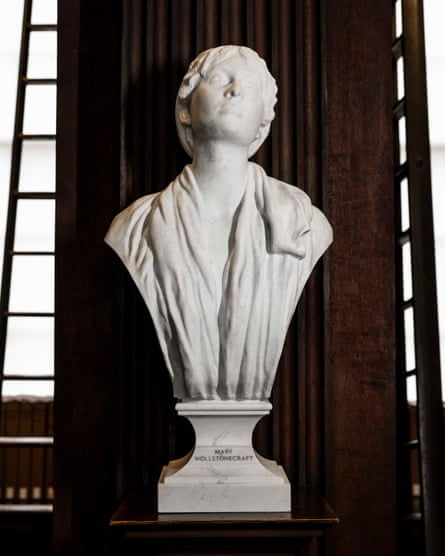Best designs and designers of 2023: ‘A chunk of glossy sexiness’, The Guardian, 14 December 2023
A House for Artists by APPARATA

Chosen by Joseph Henry, urbanist and co-founder of Sound Advice
A House for Artists is an incredible piece of architecture by emerging practice APPARATA, supported by the Mayor of London, London Borough of Barking & Dagenham and Create London. We never think about the role of the public sector in design but this project is a demonstration of how it can use design and design thinking to be innovative to deliver social impact. The creative industries are one of the most important sectors in the UK, but we have a lack of infrastructure in place to support the people who produce the amazing work that enriches our lives. A House for Artists is a great blueprint for how we can deploy designs at a strategic level through mission driven partnerships.
Alex Goad’s Reef Design Lab

Chosen by Shelley Simpson, designer and founder of Mud Australia ceramics
We spend a lot of time near and in the sea so we are very aware of the impact of climate change on the ocean and harbour where we live in Sydney. Alex Goad is from the latest generation of designers who have inherited this mess and are practically oriented towards fixing it. The erosion mitigation units installation in Corio Bay at Geelong, Victoria, uses 200cm wide units of ecoblend concrete and seashell aggregate to poetically address and resolve site-specific erosion and habitat damage in coral reefs. All of his work has a real-world practical application but also makes you question how we got here.
The British Pavilion at the 18th Venice Architecture Biennale

Chosen by Charlene Prempeh and Lewis Gilbert of creative agency A Vibe Called Tech
“There is reason, after all, that some people wish to colonize the moon, and others dance before it as an ancient friend,” was the James Baldwin quote that served as the provocation for Dancing Before the Moon, the British Pavilion presentation at the 18th Venice Architecture Biennale. Individually the collective of curators are brilliant – Jayden Ali designed the hugely celebrated Fashion Masculinities at the V&A, Joseph Henry is currently the Loeb fellow at Harvard, Meneesha Kellay is the senior curator, contemporary at the V&A and Sumitra Upham is head of programmes at the Crafts Council – and together, there was a certain alchemy that made the exploration of spatial practice for diasporic communities both gleeful and momentous.
Women’s portrait busts at Trinity College Old Library, Dublin

Chosen by Katy Hessel, art historian and author of The Story of Art Without Men
On St Brigid’s Day (1 February) four portrait busts of women, for the first time, were installed in Trinity College’s Old Library, alongside 40 marble busts of men (a collection that began in 1743). Represented are: scientist Rosalind Franklin; dramatist Augusta Gregory; mathematician Ada Lovelace; and feminist rights activist Mary Wollstonecraft. What I love about this is that each bust corresponds to the trailblazing woman’s accomplishments – for example, the crystals worn by Rosalind Franklin reference her use of X-ray crystallography to research the structure of DNA, and Lovelace’s 3D-scanned portrait has appropriately been constructed using techniques enabled by computer programmes.
See also:

